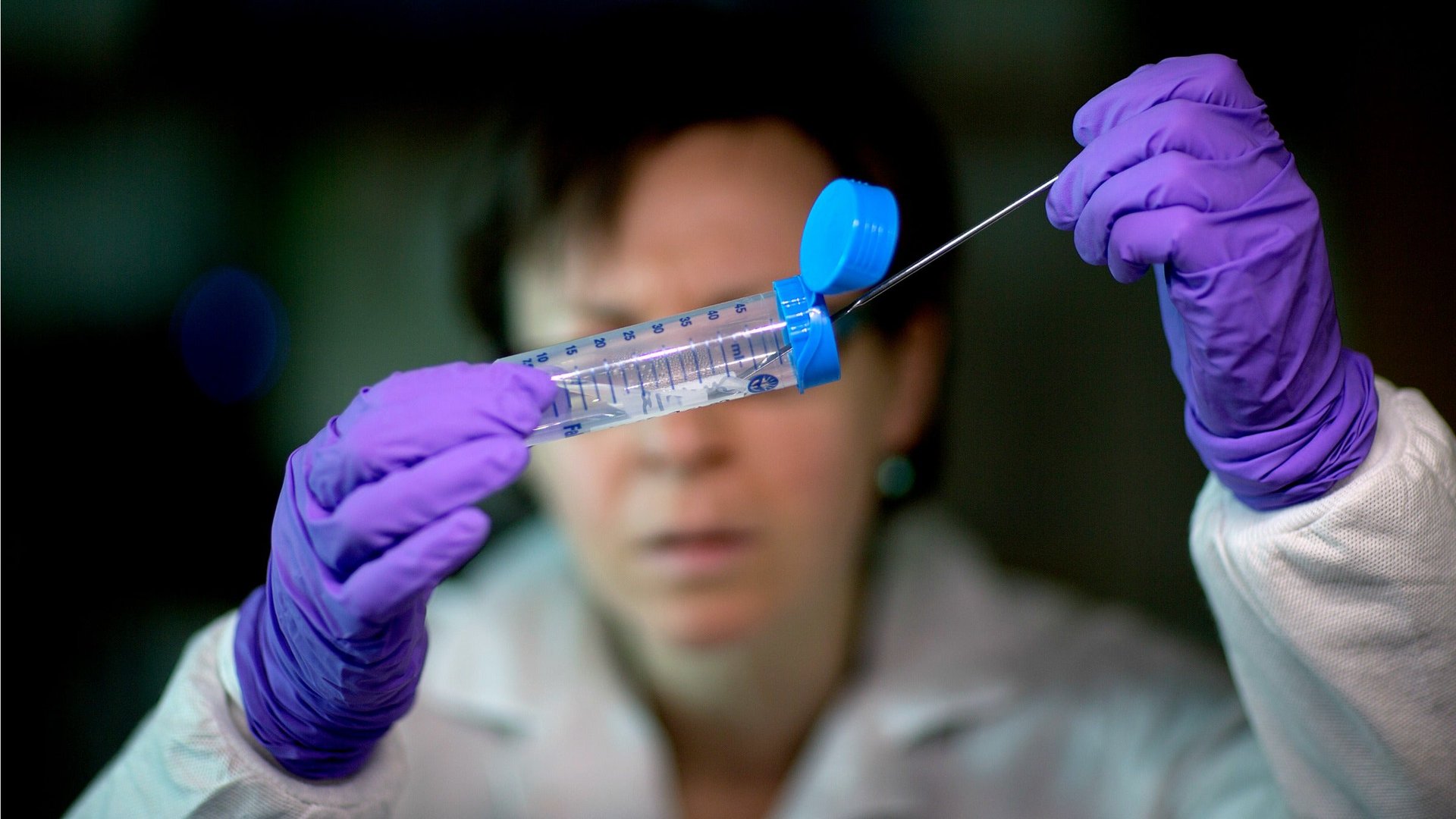Researching the start of life on Earth isn’t so different from baking cake
It may seem like an oversimplification of one of the greatest mysteries of life, but in trying to figure how life on Earth first formed, chemical biologists at Harvard University are seriously thinking a lot about cake.


It may seem like an oversimplification of one of the greatest mysteries of life, but in trying to figure how life on Earth first formed, chemical biologists at Harvard University are seriously thinking a lot about cake.
That’s because many theories about the beginning of life involve coming up with perfect mix of specific ingredients. That question often involves considering the perfect storm of chemicals that led to the creation of RNA, one of the building blocks of life. RNA is a molecule that takes the information stored in DNA, and uses it to synthesize the proteins needed to create healthy cells. It has four nucleotides: adenine, guanine, cytosine, and uracil. Scientists know what led to the creation of cytosine and uracil, but have not been able to pin down the other two.
To test out new theories, researchers often attempt to create miniature replicas of early Earth in the laboratory, tiny models where they can play with the primordial ingredients believed to have existed at the time, in search of the perfect combination to make the cake rise, so to speak. That’s what researchers Jack Szostak and Seohyun Kim recently did, and they are now proposing, in a study published in the Proceedings of the National Academy of Sciences, that in the case of guanosine, an early substitute—inosine—might have also worked to create life. Going back to our extended cake metaphor: it’s like when a baker realizes they have no baking soda on hand, and so substitutes extra baking powder to achieve a similar end product.
Of course, not everything is so easily substituted for. The researchers thought at first that 8-oxo-purine, a type of nucleotide believed to have been around on primeval Earth, could act as a replacement for adenine. But it was an imperfect substitution. “Like a cake baked with honey instead of sugar, the final product may look and taste similar, but it doesn’t function as well,” the researchers said in a statement. “The honey-cake burns and drowns in liquid. The 8-oxo-purine RNA still performs, but it loses both the speed and accuracy needed to copy itself.”
Nevertheless, the effectiveness of substituting inosine for guanosine should help others in the field build upon working theories about RNA’s crucial role in Earth life’s origin story.